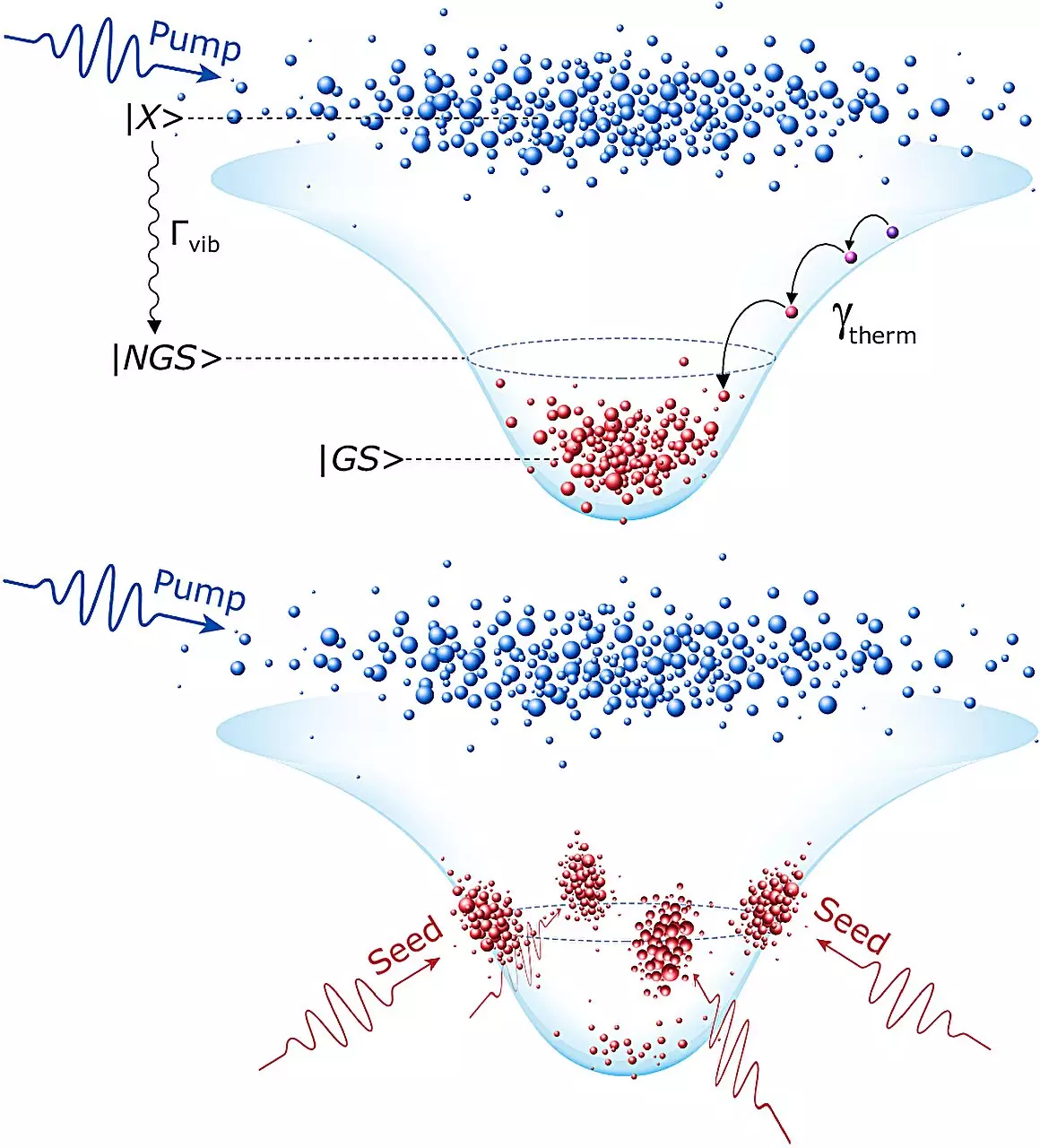In a groundbreaking study, researchers from Skoltech and Bergische Universität Wuppertal are making waves in the often static world of computing. They have successfully engineered a universal NOR logical element, a crucial component in the future of optical computing. By harnessing the power of polariton condensates, this research presents a viable solution to the limitations faced by traditional electronics. Operating at room temperature, the new device offers unprecedented operational speeds, potentially hundreds of times faster than conventional electronic circuits. The implications of such advancements extend far beyond mere speed; they signal an urgent evolution in the way we conceive computation.
A Paradigm Shift: The Benefits of Optical Logic
Most contemporary digital devices rely on electrical signals for computation, constraining them to operational frequencies of just a few gigahertz. This limitation is a bottleneck that’s persisted since the 1980s, with manufacturers caught in a cycle of increasing clock frequencies to push forward performance metrics. Unfortunately, this often leads to processors overheating, resulting in diminished returns and severe thermal limitations. Optical computing strips away these constraints. Using polariton transistors, which can achieve frequencies up to an astonishing 1 THz, the potential for complex and swift calculations becomes virtually limitless.
Imagine a world where a computer could perform operations vastly superior to today’s smartphones and desktops—this innovation could transform industries ranging from finance to artificial intelligence. The excitement surrounding this study is not mere academic curiosity; it has the potential to redefine what we consider computational boundaries.
The Mechanics Behind Polariton Condensates
To understand the dramatic implications of this technology, one must delve into the nature of polariton condensates. Often referred to as “liquid light,” these substances possess unique properties that allow them to amplify weak optical signals tremendously. This particular breakthrough achieved what was once deemed impossible: constructing a universal logic gate that can handle multiple inputs—up to 12, in this case—unlike the more typical electronic gates that manage far fewer.
This achievement stems from manipulating polaritons—quasiparticles resulting from the strong coupling of photons and excitons. The researchers not only reduced polaritons to their ground state to create a high-performance system but also explored excited states that yield further functionality. The ability to switch optical signals to zero through the manipulation of light opens up pathways to previously unsolvable problems in optical logic systems.
The Future Landscape of Computing Technology
One cannot overstate the significance of research like that of the Skoltech team. The development of a fully functional optical NOR logic gate serves as a validation of the theoretical frameworks that have underpinned much of light-based computing research. As Denis Sannikov, deputy head of the Hybrid Photonics Laboratory at Skoltech noted, the results from this study are “another piece of the missing puzzle” toward achieving fully optical computers.
This presents an exciting possibility: the convergence of optics and traditional electronics could create a more efficient computational architecture. Imagine programming environments that leverage optical logic to facilitate massive parallel processing capabilities unavailable with current microprocessor technologies. The theoretical underpinnings have been validated, paving the way for practical applications that could revolutionize tech industries.
The Broader Implications for Technology and Society
Beyond the immediate technical advancements, the societal implications of this research are profound. Enhanced computational power could lead to breakthroughs in artificial intelligence, big data analytics, and complex simulations, thereby enriching sectors like health care, climate modeling, and sustainable energy.
Moreover, the transition toward optical systems can catalyze a broader dialogue about efficiency and sustainability in computing. As the tech industry continues facing ecological scrutiny, optical computers might offer a more energy-efficient solution that could reduce the carbon footprint typically associated with data centers and computational facilities.
While the challenges of transitioning from electronic to optical computing remain, every step forward—like the creation of the universal NOR gate—brings us closer to realizing a future where computational power is both high and sustainable. As researchers continue to refine these technologies, they take us one step further into a new era of high-speed, energy-efficient computing that could change the face of technology as we know it.

